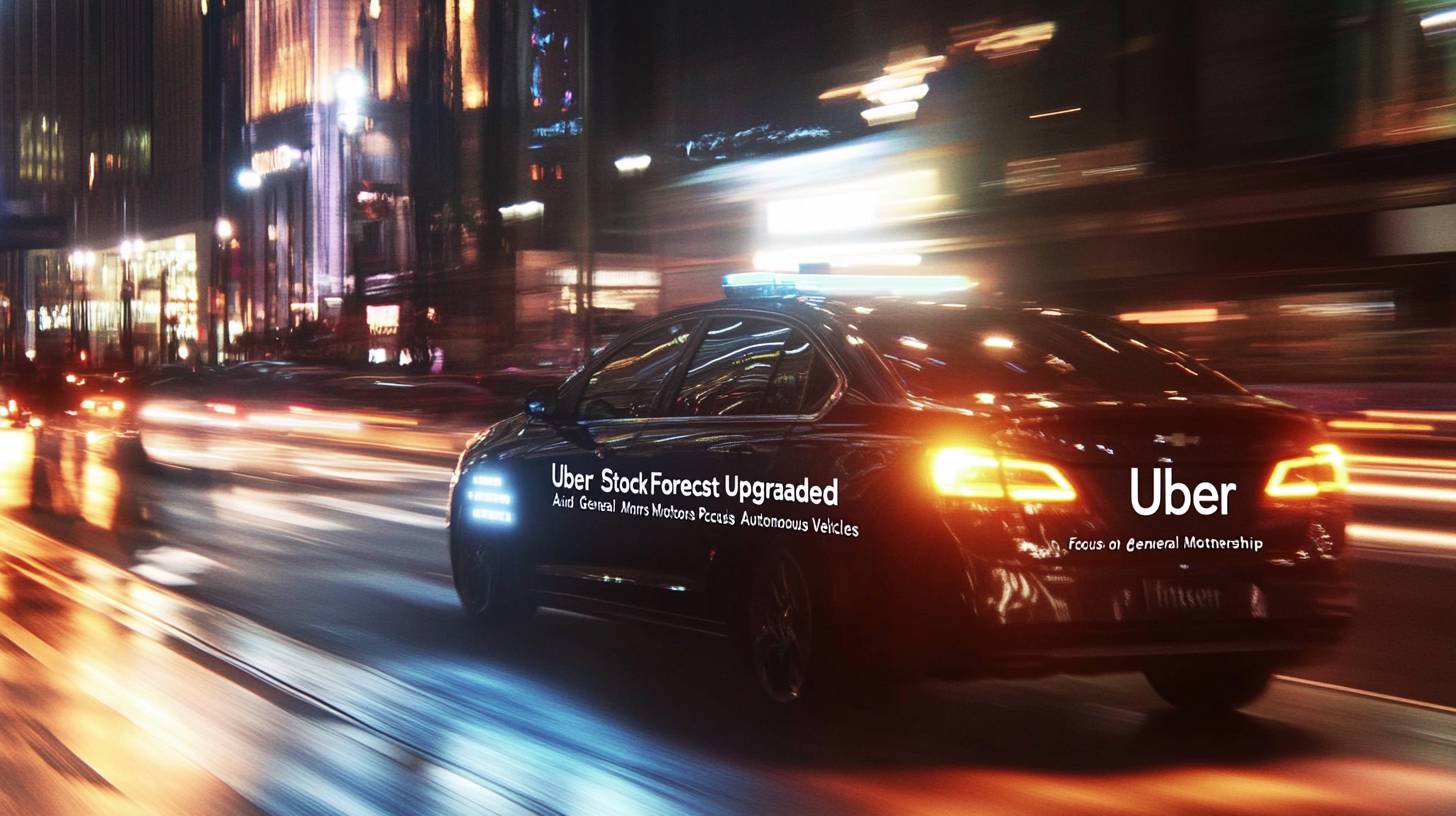
autonomous vehicles: advancements and societal views
Autonomous vehicles (AVs) are advancing notably, though they face many hurdles as they move towards widespread acceptance. The sector has recorded a significant uptick in autonomous mileage, with a recent report from the Autonomous Vehicle Industry Association indicating that AVs have traveled close to 70 million miles on public roads in the U.S. To illustrate, this distance equates to 293 trips to the moon or driving Route 66 more than 29,000 times.
However, despite these remarkable statistics, the public’s perception of AVs remains somewhat apprehensive. A survey by the American Automobile Association (AAA) revealed that 90% of drivers express fear or uncertainty when it comes to riding in fully autonomous vehicles. This hesitance is based on several highly publicized events involving AV technology, which raised questions regarding the safety and dependability of these vehicles.
Matthew Conde, AAA Idaho’s director of public affairs, stressed the necessity for a gradual introduction of established technologies to enhance consumer trust. “There have been numerous well-reported incidents where AV technology has not met expectations, which understandably leads some to be cautious about relinquishing full control to the system,” Conde commented. He underscored that a step-by-step approach would be crucial in acclimating drivers to the concept of fully autonomous vehicles.
Nonetheless, the industry is pressing ahead. Companies such as Tesla, Zoox (owned by Amazon), and General Motors’ Cruise are ramping up their AV testing and deployment across various U.S. cities. Tesla, for instance, plans to introduce its Robotaxi on October 11, having postponed the initial debut from August 8. Additionally, Zoox has designated Austin, Texas, as its fourth public testing location, complementing its existing operations in Miami, Seattle, Las Vegas, and the San Francisco Bay Area.
While the journey towards widespread AV acceptance is still laden with challenges, the advancements made by the industry are undeniable. However, unlocking the full capabilities of autonomous vehicles will likely depend on addressing public trepidations and ensuring the technology is both secure and dependable.
Uber’s collaborative endeavors and the AV future
Uber’s collaborative efforts within the autonomous vehicle (AV) sector are positioning the organization as a key influencer in the evolution of urban mobility. The recently established multi-year partnership with General Motors’ Cruise marks a considerable advancement, allowing Uber users to choose a Cruise autonomous vehicle for their rides beginning next year. This partnership aims not just at broadening Uber’s service scope; it also serves as a strategic maneuver to embed AV technology within its platform, thereby securing its business model against future changes.
Already, Uber is providing driverless rides in Phoenix via its collaboration with Waymo, which operates the sole uncrewed robotaxis in the U.S. that accept fares. By incorporating Cruise into its array of partnerships, Uber diversifies its AV connections, which could be beneficial as the AV sector continues to progress. The integration of various AV operators on its platform may also assist Uber in mitigating risks tied to dependency on a single technology provider, while concurrently providing consumers with more options.
Uber CEO Dara Khosrowshahi has openly stated the company’s role as an “essential partner” for AV ventures. He posits that Uber’s platform can generate the necessary demand without AV firms having to invest extensively in customer acquisition or platform technology. This proposition is particularly appealing for AV companies seeking rapid growth without the burden of creating their own consumer-oriented platforms.
Nonetheless, Khosrowshahi has raised concerns regarding Tesla’s approach to AVs, especially the notion of letting Tesla owners lease out their vehicles for taxi services. He highlighted the difficulties in managing fluctuations in supply and demand, which could be intensified by a decentralized fleet of individual vehicle owners. This skepticism indicates that Uber is likely more inclined to collaborate with companies that control dedicated AV fleets, such as Cruise and Waymo, rather than those that depend on private car owners.
In Australia, where Uber maintains a robust presence, these moves could have profound effects. As AV technology develops and regulatory structures adapt, we may observe analogous partnerships emerging in Australian cities. The ability of AVs to alleviate traffic congestion, reduce emissions, and enhance road safety aligns closely with Australia’s urban planning and sustainability aspirations. Moreover, the infusion of AVs into ride-sharing platforms like Uber could facilitate a smoother transition for consumers, making the adoption of this innovative technology less intimidating.
Looking forward, Uber’s strategy of partnering with multiple AV entities could set the groundwork for a mixed ride services framework, where human-operated and autonomous vehicles coexist. This strategy not only safeguards against the unpredictabilities of AV technology but also establishes Uber as an essential participant in the broader mobility landscape. As the AV sector continues to develop, Uber’s capacity to adjust and incorporate new technologies will be vital for maintaining its competitive advantage, both in the U.S. and potentially in Australia.

